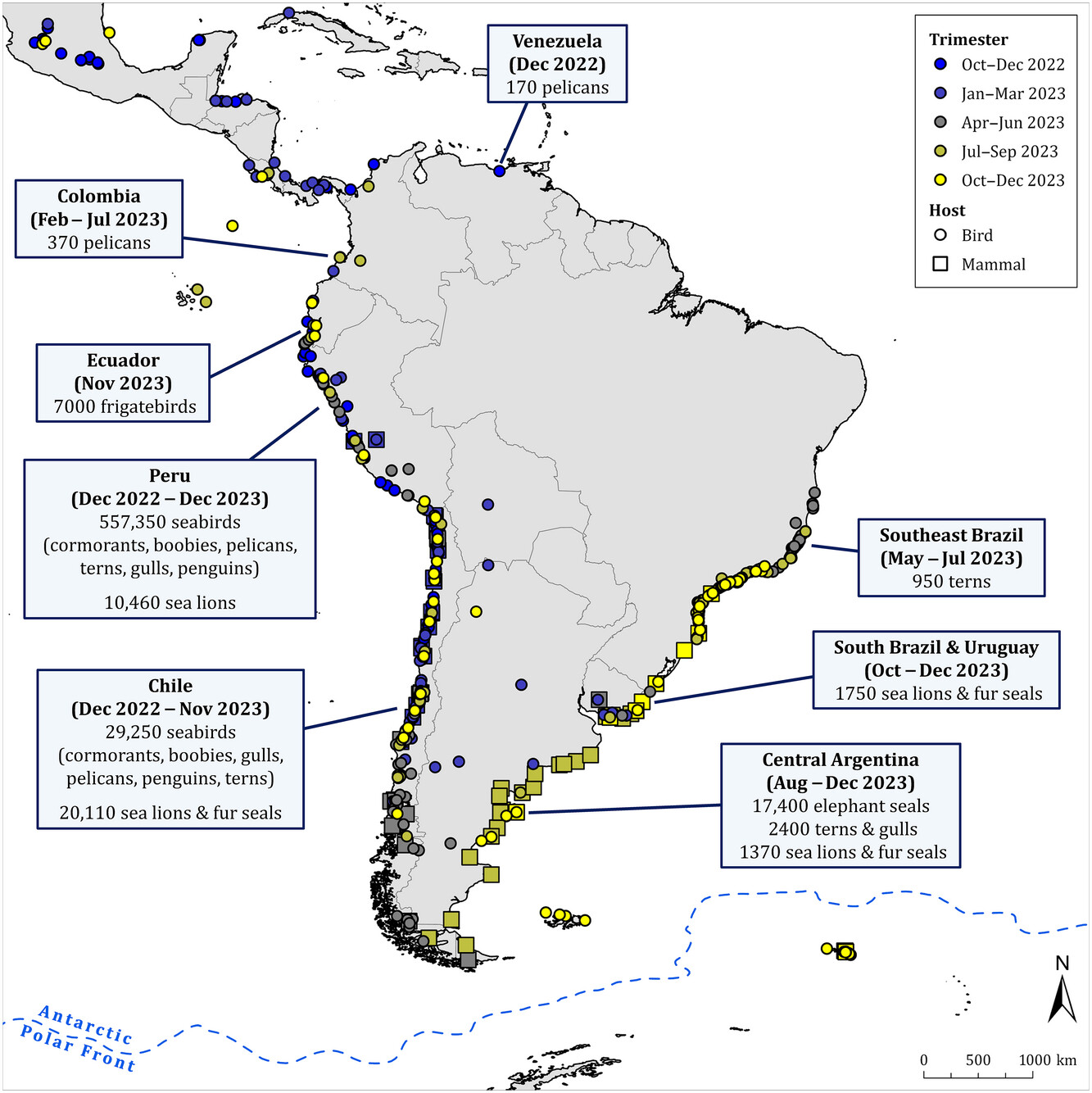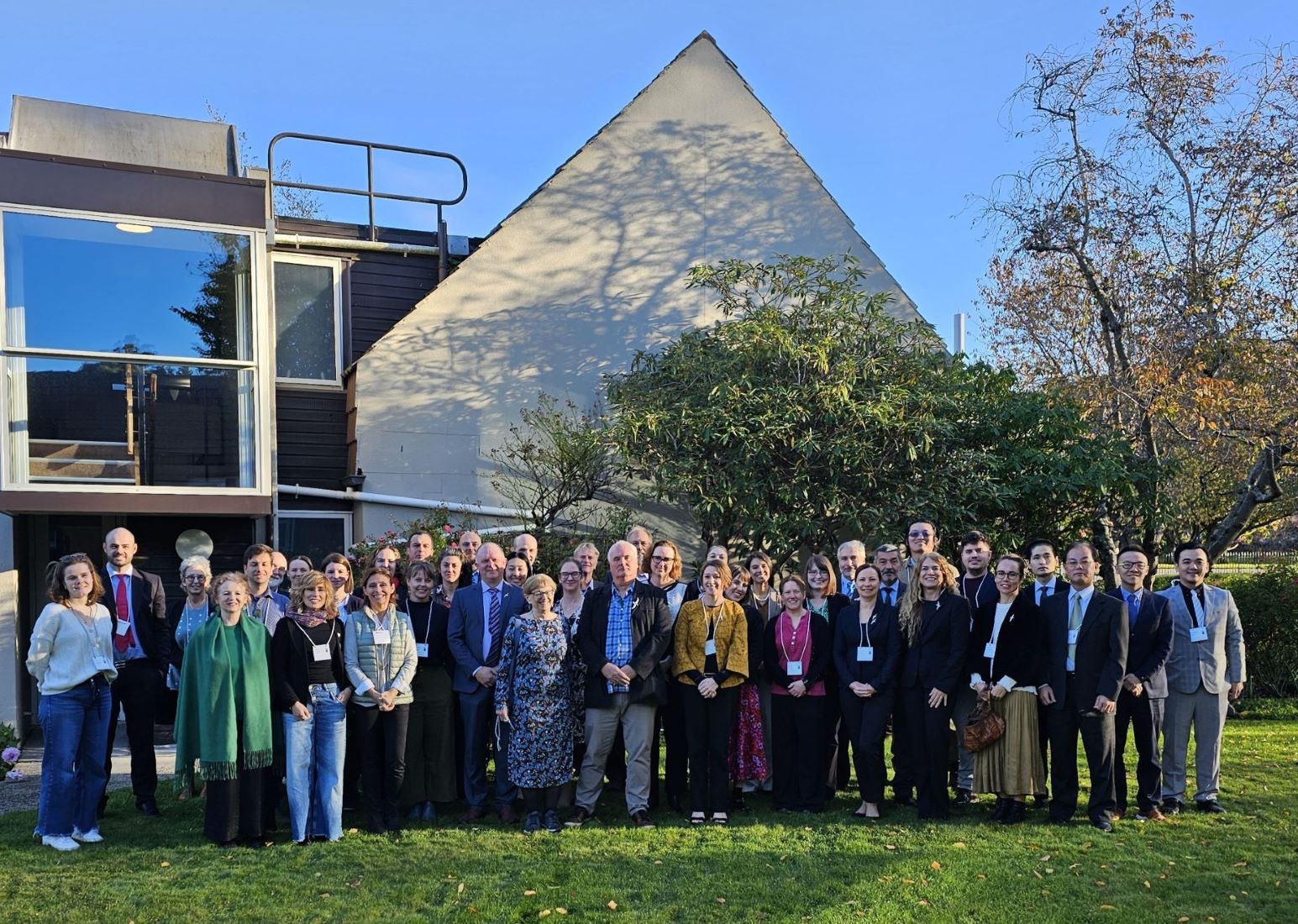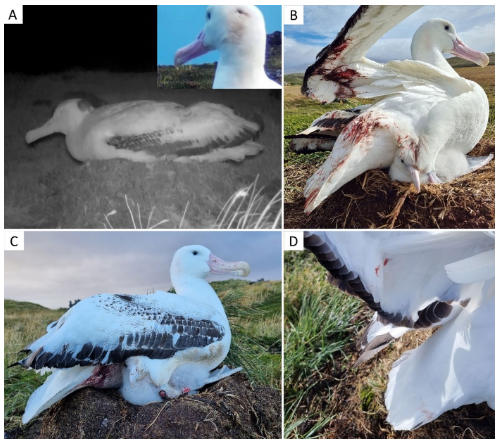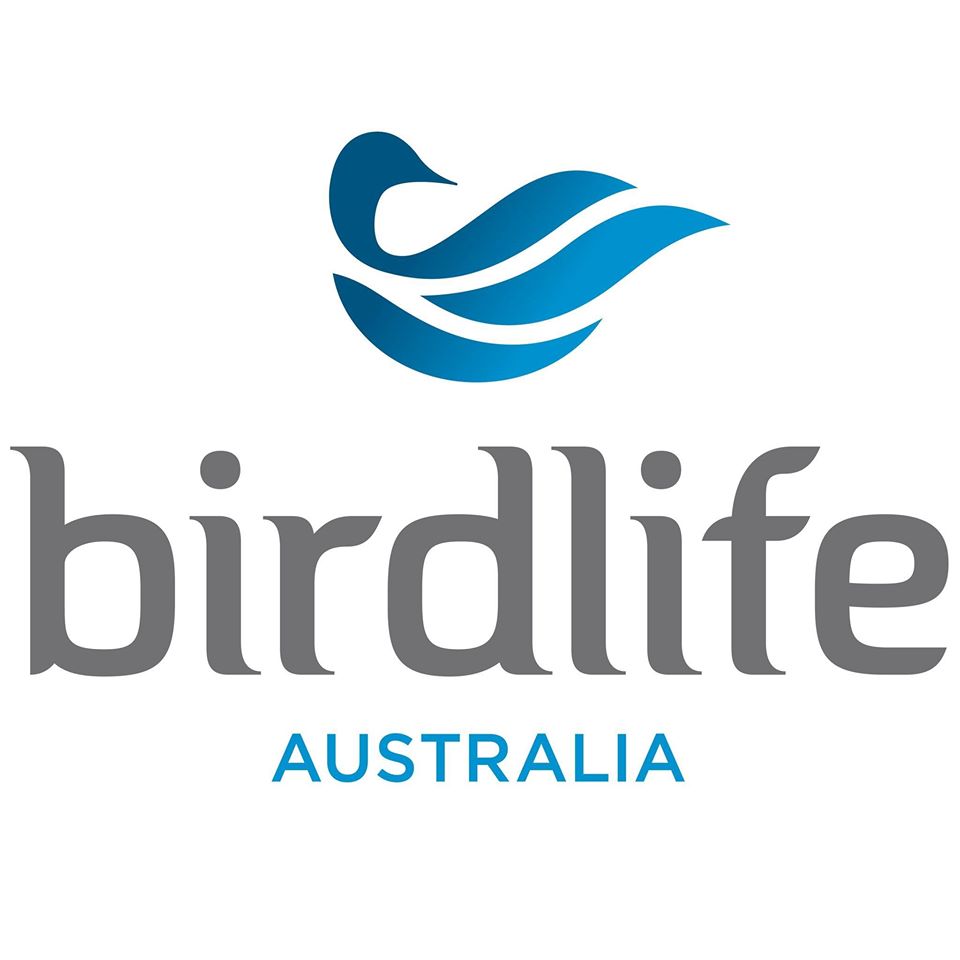
BirdLife Australia will hold a “Birds Meet: World Albatross Day” webinar on 19 June over 19h00-20h00 AEST.
“Come celebrate World Albatross Day with Dr. Yuna Kim, BirdLife Australia Seabird Coordinator. Albatrosses are among the most remarkable seabirds on the planet, known for their vast movements across the world’s oceans. And did you know Australia has its very own albatross species – the Near Threatened Shy Albatross Thalassarche cauta?
Sadly, Shy Albatross and other seabirds are threatened by H5 bird flu, and as the theme of World Albatross Day 2025 is Effects of Disease, Tanya Loos, BirdLife Australia’s Avian Influenza Response Coordinator will also present to discuss this looming threat, and how we can help conserve these long-lived and simply beautiful birds.”
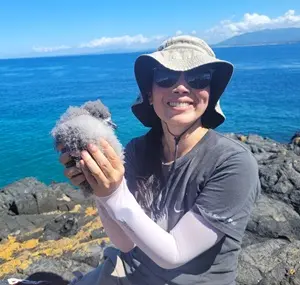
Yuna Kim holds a Gould’s Petrel chick, photograph by Andrew Morrison
Dr. Yuna Kim is a seabird ecologist with over 14 years of experience working on Gould’s Petrel Pterodroma leucoptera and other threatened seabirds across Australasia and Antarctica. She previously worked with the BirdLife International Marine Programme, tackling seabird bycatch to help protect marine habitats. Yuna currently leads national seabird conservation projects at BirdLife Australia and serves as the East Asian–Australasian Flyway liaison officer for the Australasian Seabird Group, a special interest group of BirdLife Australia.
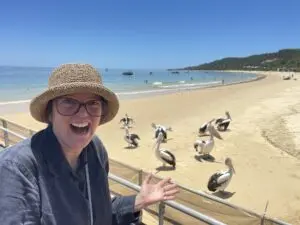
Tanya Loos, with Australian Pelicans
Tanya Loos is BirdLife Australia’s Avian Influenza Response Coordinator. She has been a member of BirdLife Australia for decades and is involved with her local BirdLife branches in Victoria – Ballarat and Castlemaine. Tanya is a science communicator and biodiversity projects coordinator – and is passionate about working with diverse stakeholders for wildlife (especially bird) health.
Registration is now open. On signing up, confirmation emails will be then sent out with the webinar link.
Read an article by Yuna and Tanya entitled “Confronting the silent threat of disease” on the BirdLife Australia website to mark the sixth annual World Albatross Day.
With thanks to Yuna Kim, Seabird Project Coordinator, BirdLife Australia.
John Cooper, Emeritus Information Officer, Agreement on the Conservation of Albatrosses and Petrels, 15 June 2025

 English
English  Français
Français  Español
Español 


